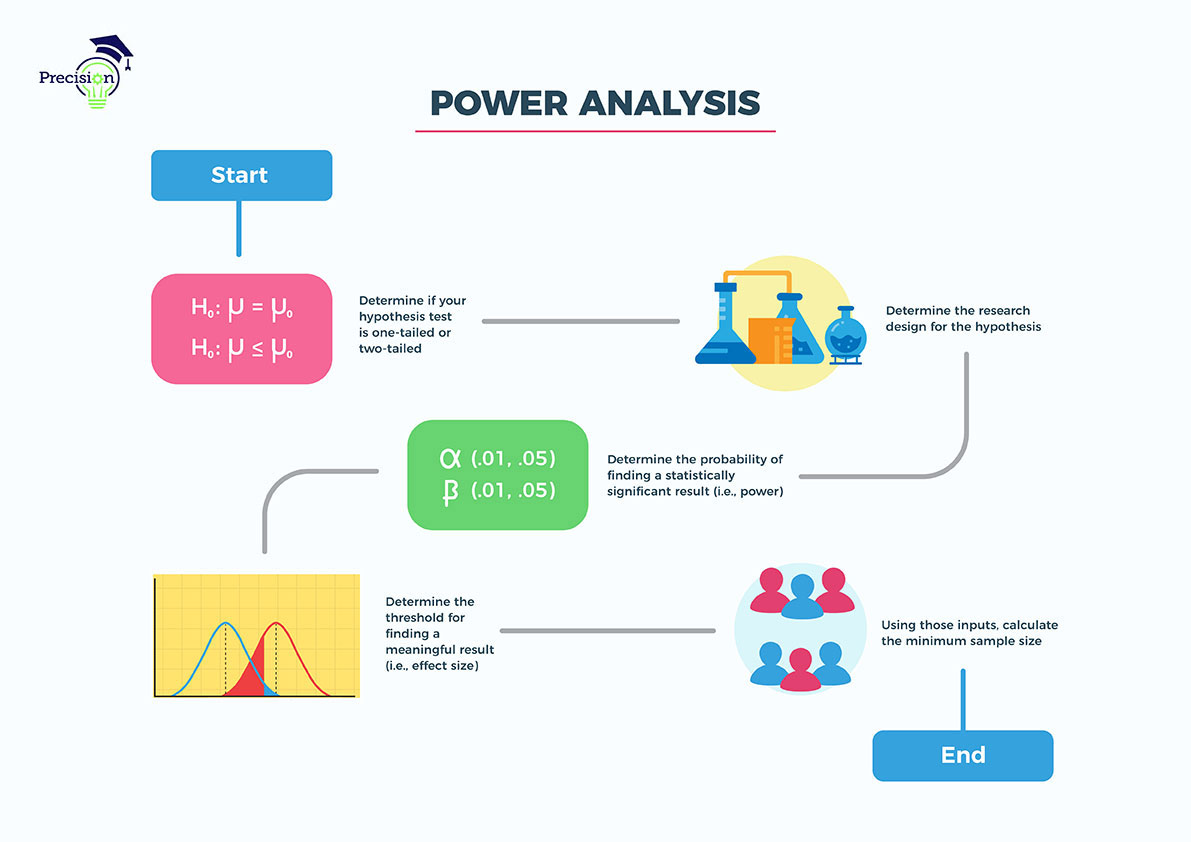
Write study aims as testable hypotheses.Use a framework and strategy for study planning.Department of Education, also offers competitive grants requiring a compelling and accurate power and sample size analysis (Goal 3: Efficacy and Replication and Goal 4: Effectiveness/Scale-Up).Īt the end of the online course, learners will be able to: The Institute of Education Sciences (IES), the statistics, research, and evaluation arm of the U.S. Most National Institutes of Health (NIH) study sections will only fund a grant if the grantee has written a compelling and accurate power and sample size analysis.

For observational studies in which there are no possible harms to the participants, such as observational studies, proper power ensures good stewardship of both time and money. Interventional studies that are too small will fail to reach their scientific objective, again bringing possible harm to research participants, without the possibility of concomitant gain from the increase in knowledge. Interventional studies that are too large expose human volunteer research participants to possible, and needless, harm from research. Power and sample size selection is one of the most important ethical questions researchers face.
#Sample size power analysis professional
The goal of the course is to teach and disseminate methods for accurate sample size choice, and ultimately, the creation of a power/sample size analysis for a relevant research study in your professional context. The course philosophy is to focus on the conceptual knowledge to conduct power and sample size methods. All examples in the course videos are from real-world studies on behavioral and social science employing multilevel and longitudinal designs.
#Sample size power analysis software
The power and sample size methods and software taught in this course can be used for any health-related, or more generally, social science-related (e.g., educational research) application. To calculate the post-hoc statistical power of an existing trial, please visit the post-hoc power analysis calculator.Power and Sample Size for Longitudinal and Multilevel Study Designs, a five-week, fully online course covers innovative, research-based power and sample size methods, and software for multilevel and longitudinal studies. Most medical literature uses a beta cut-off of 20% (0.2) - indicating a 20% chance that a significant difference is missed.

Beta is directly related to study power (Power = 1 - β).


Generally speaking, statistical power is determined by the following variables: Enrolling too many patients can be unnecessarily costly or time-consuming. By enrolling too few subjects, a study may not have enough statistical power to detect a difference (type II error). 1īefore a study is conducted, investigators need to determine how many subjects should be included. This calculator uses a number of different equations to determine the minimum number of subjects that need to be enrolled in a study in order to have sufficient statistical power to detect a treatment effect.


 0 kommentar(er)
0 kommentar(er)
